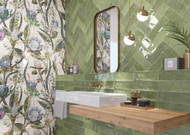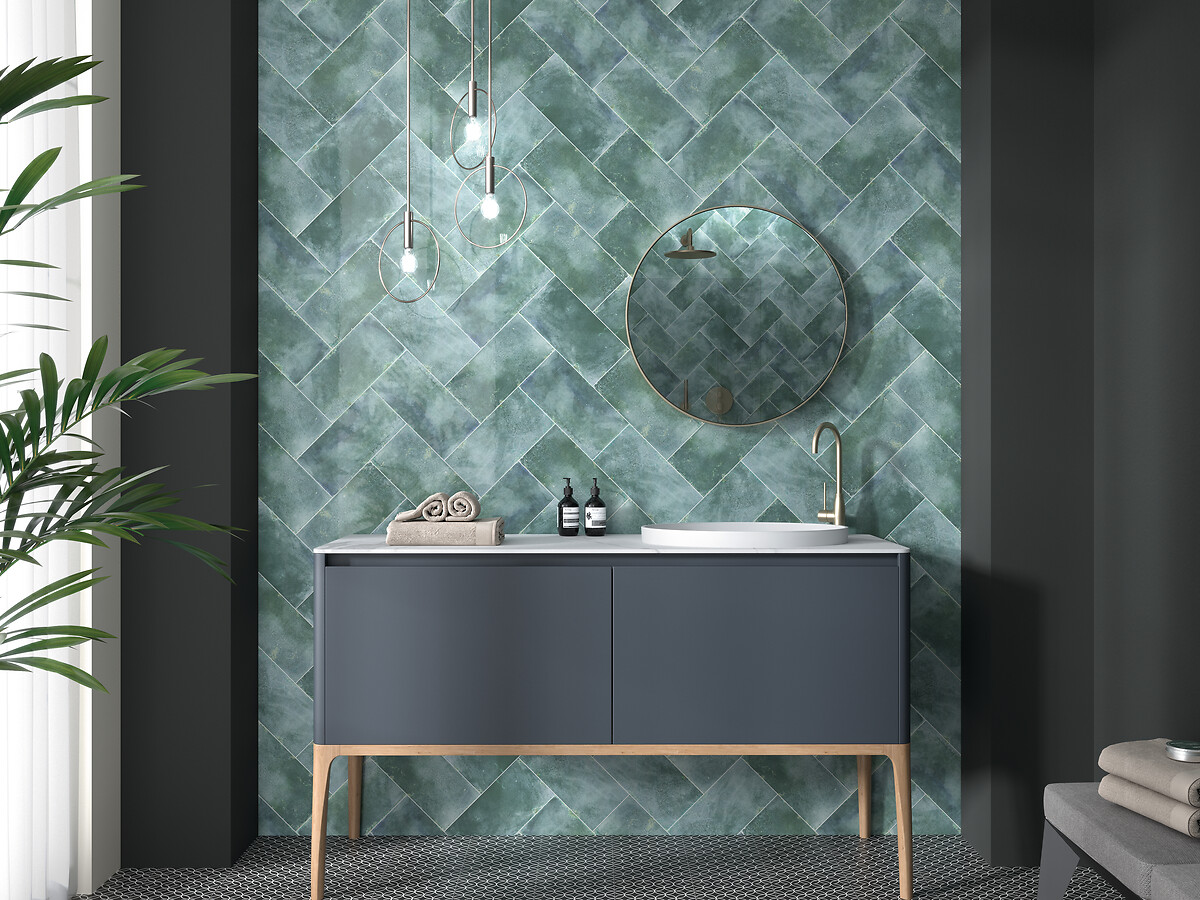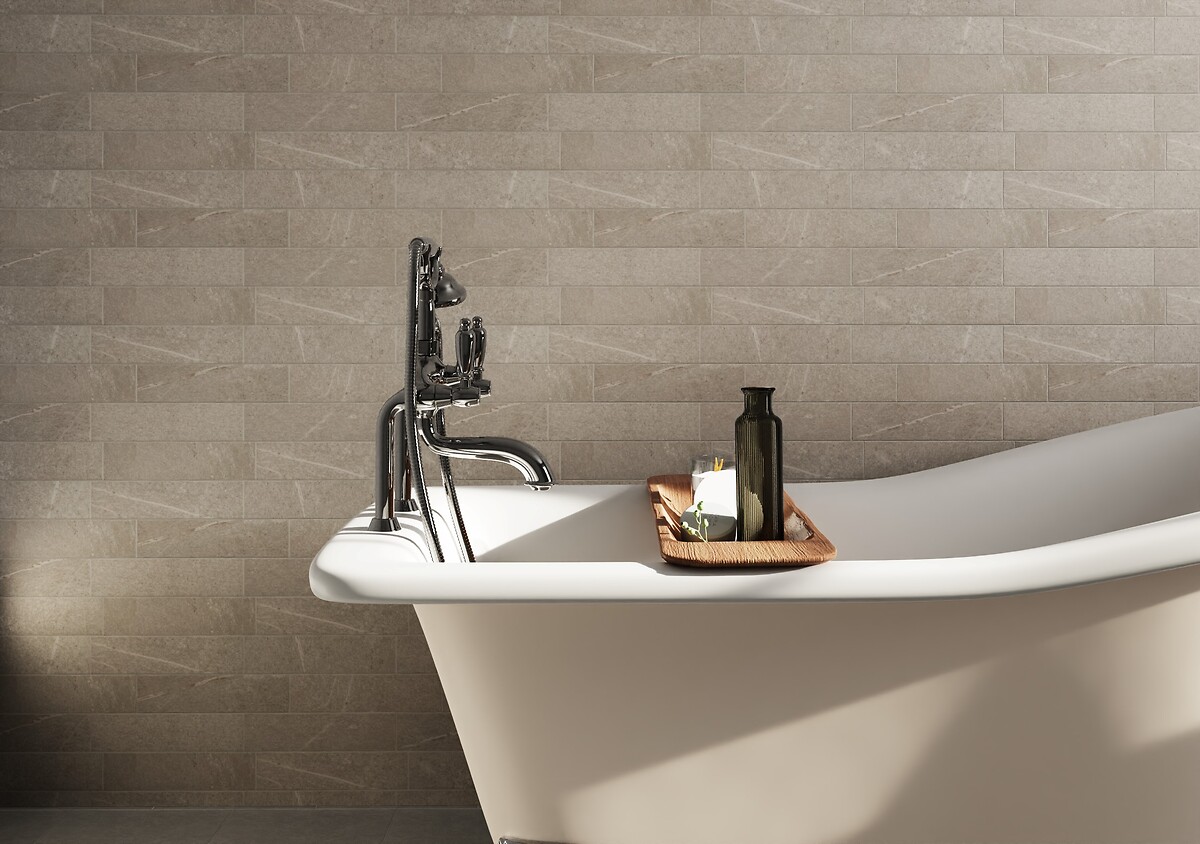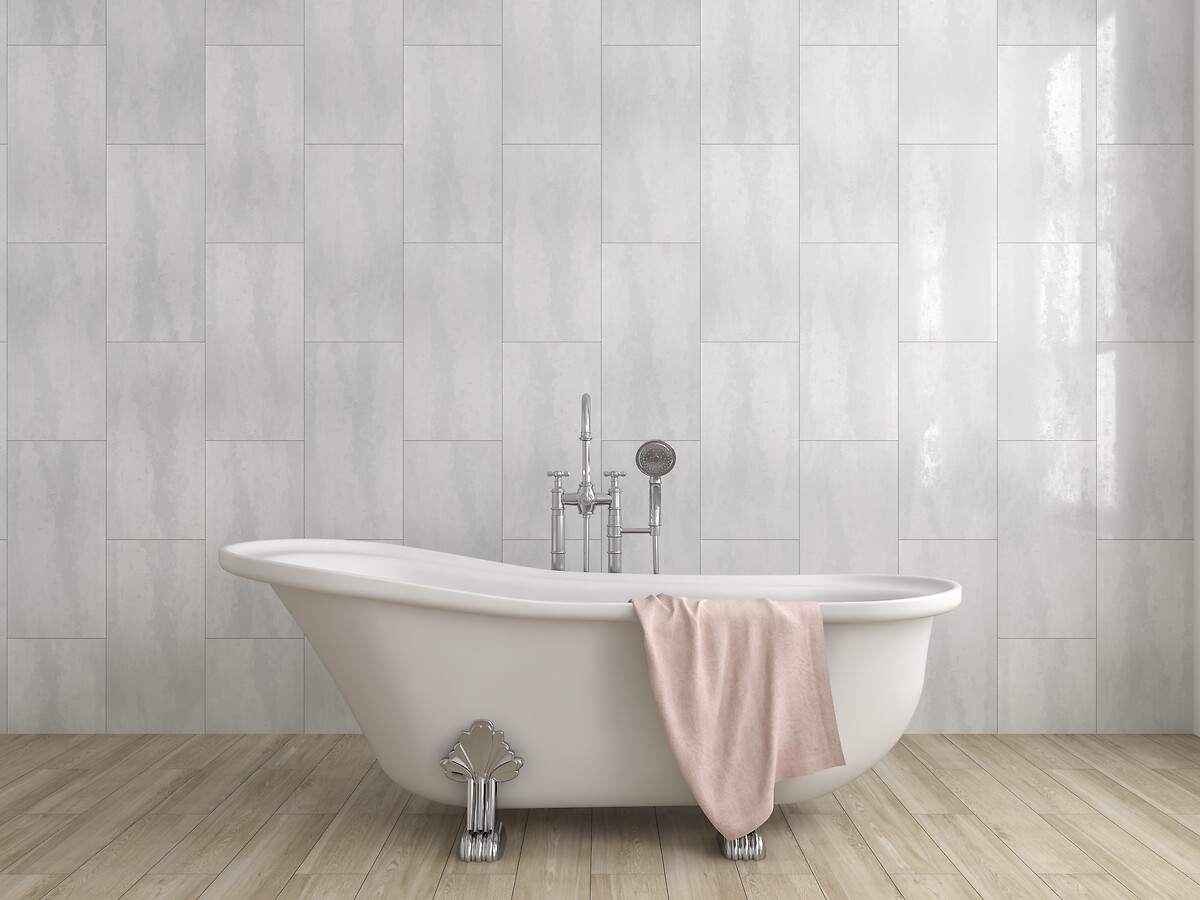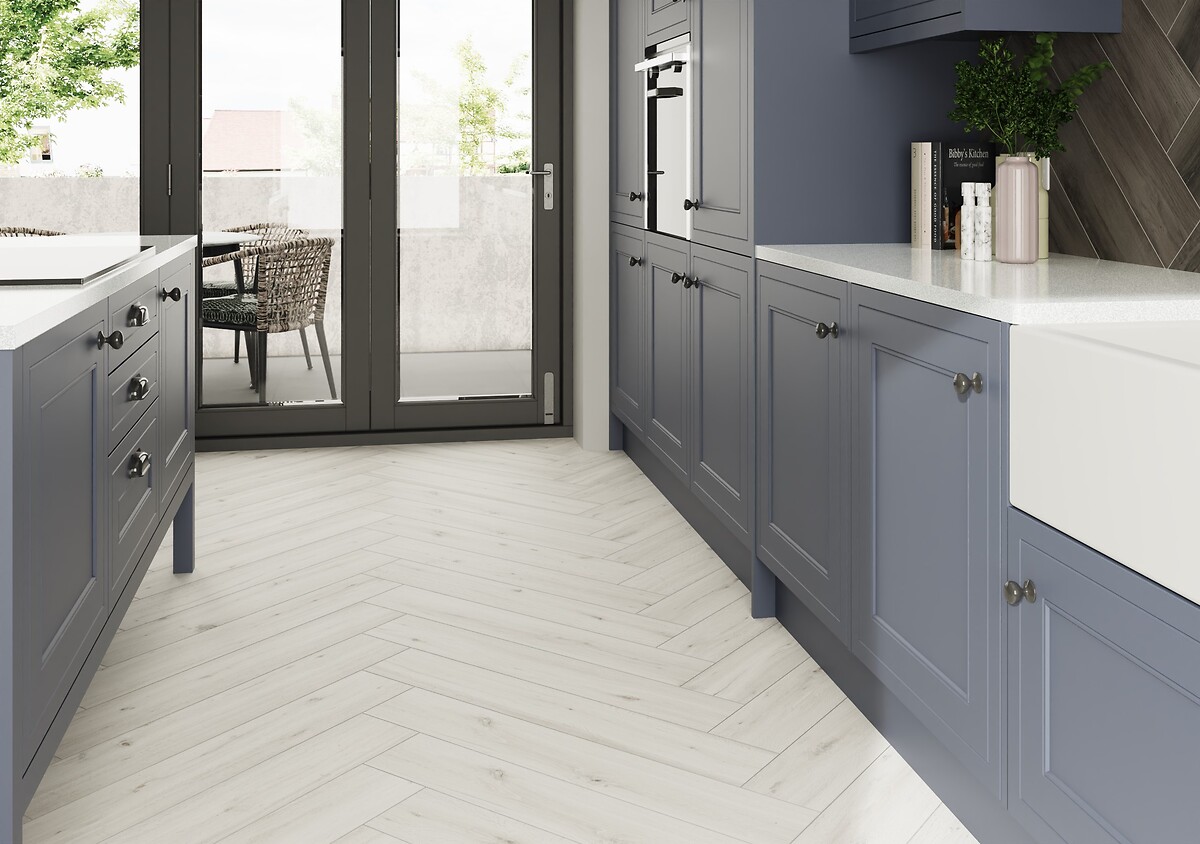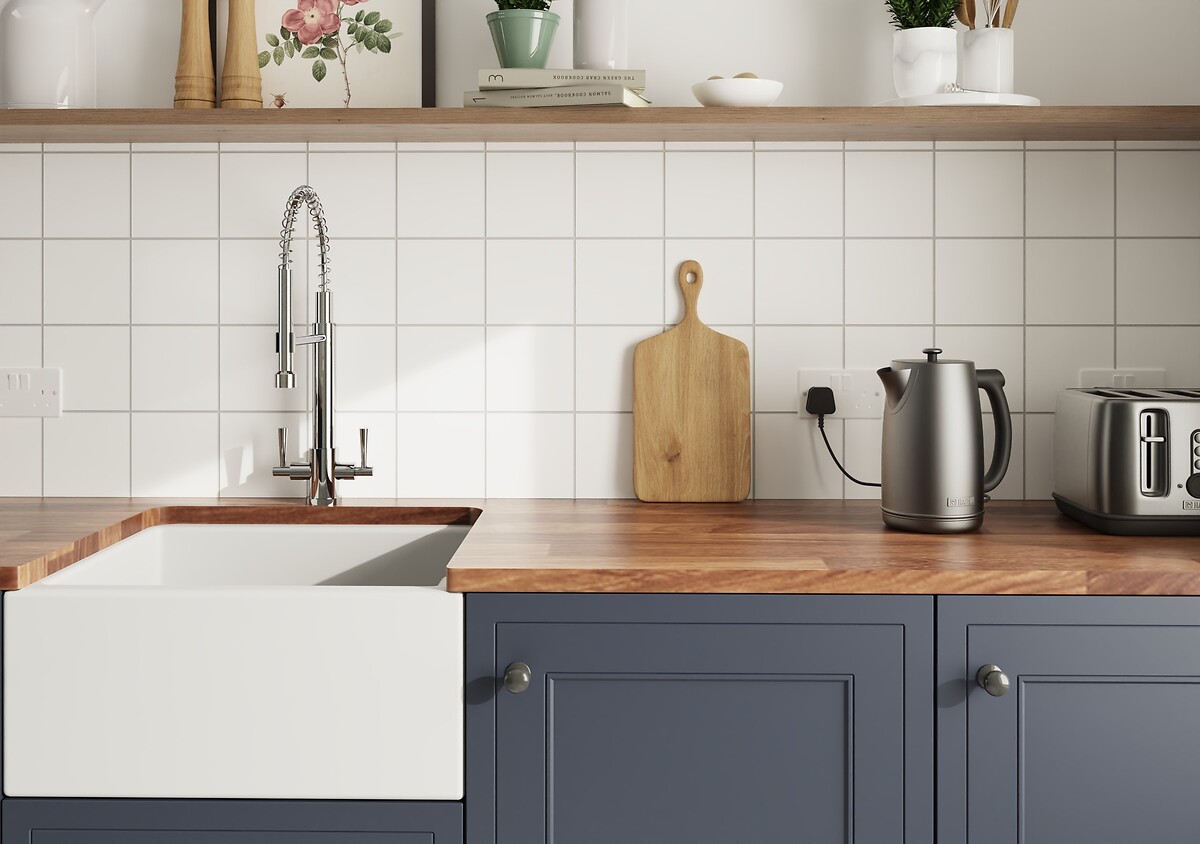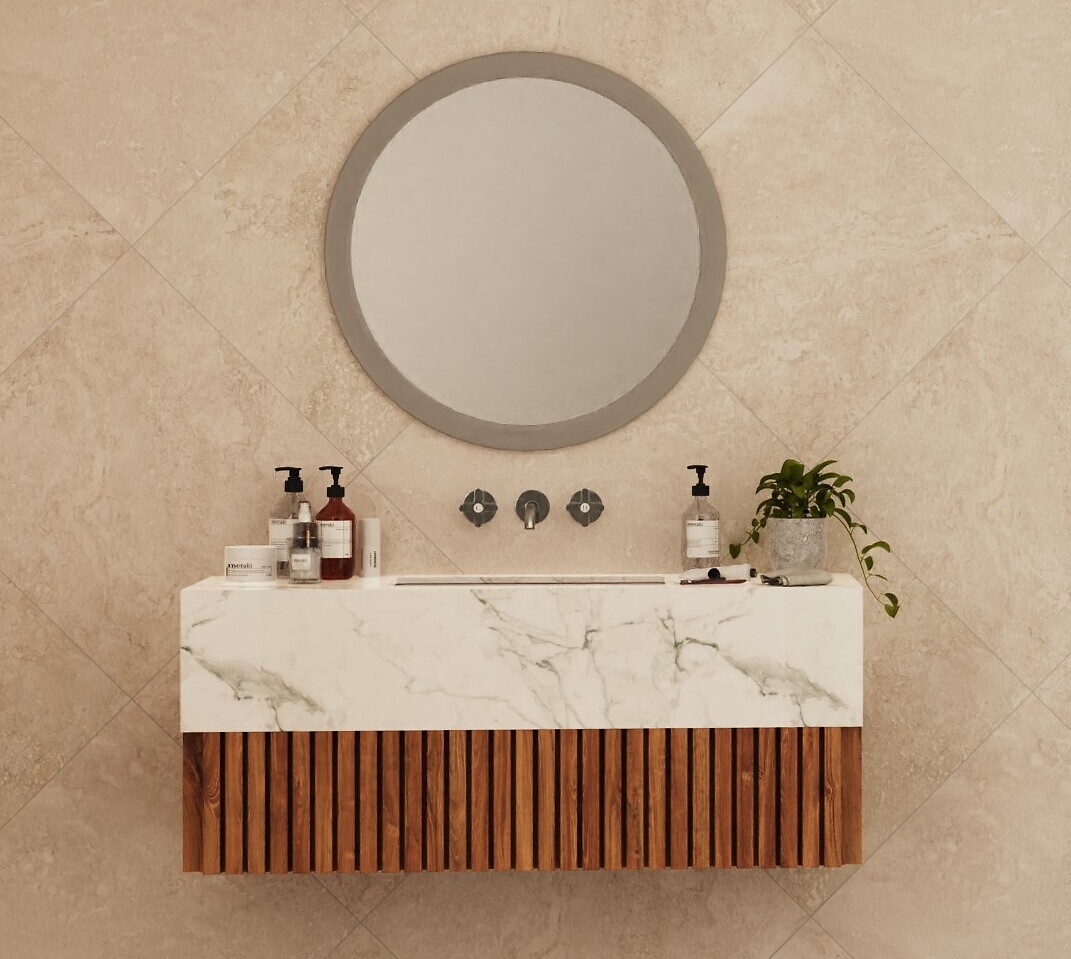Posted on Date 20th Dec 2023
8 Most Popular Tile Laying Patterns - Tile Warehouse
You've done all the hard work preparing your room ready to start tiling. But before you do anything else we would always advise you decide on your tile laying pattern.
This is why we've selected some of the most popular tile layout patterns right now so that you can select the right pattern for the right room.
Remember you can always use our Tile Visualiser where you can augment how the tiles would look in your room and allow you to experiment with different laying patterns. If you need help using the tool you can access our handy guide about Tile Visualiser.
Brick Bond
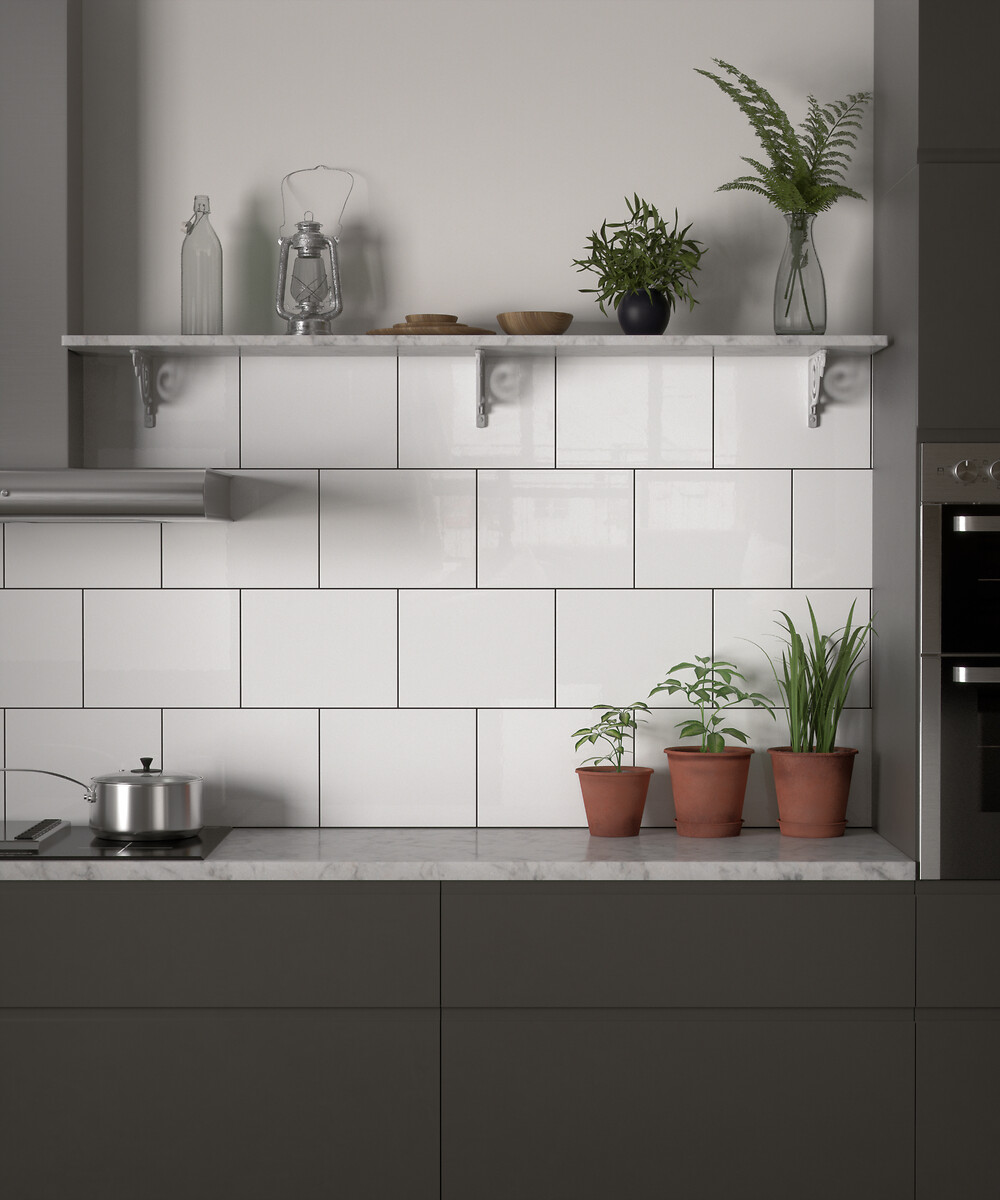
The most traditional of all the tile laying patterns, the brick bond (commonly known as half bond) never really goes out of fashion. Suitable for rectangular tiles under 30 x 60cm, it works equally well on both floors and walls (where it is most often seen on splashbacks in bathrooms and kitchens).
If you're feeling the brick bond look then simply line up the end of each tile with the centre of the tile above and below to create staggered grout lines. You can always mix things up a bit with a random different colour tile or a contrasting grout colour. Don't forget to order at least 10% more tiles to allow for breakages when attempting this or any other pattern at home.
Staggered Brick Bond
A contemporary take on the former is the staggered brick bond (commonly known as offset). Perfect for creating the illusion of a wider room, we'd always recommend using this style with rectangular tiles larger than 30 x 60cm.
Vertical Brick Bond
To create the illusion of a taller space then the vertical brick bond (or stepladder) is the perfect tile laying pattern for you. The same as the brick bond but with the tile laid vertically rather than horizontally. You can do the same with your larger format tiles however these must be laid out in a third/two thirds style meaning the starting point for the second row of tiles is a third of the length in from the row below.
Horizontal Herringbone
One of the most popular tiling patterns of recent years has been the herringbone. Designed to create a real sense of space, especially in smaller rooms, it is also relatively easy to achieve. Simply lay your tiles so that they point up a floor or wall in a v shape. Its also worth considering using a contrasting grout to define your tile pattern or alternatively select a grout to match the colour of your tile to create a more free-flowing pattern.
Block Herringbone
(Manzila Silver Stone Effect Tiles 20x60cm)
Another take on the popular herringbone pattern, and one of our favourites, is the block herringbone. Think right angles and you will be well on your way to making a real statement in your bathroom or kitchen. There is also the option of the double block herringbone if you are feeling particularly bold.
Linear Brick
If you're after a contemporary look and feel from your tiles in your home, then the linear brick is ideal. To get this look, you must use either a rectangular or square tile, and lay them directly in line with one another. You can also drop in alternative-coloured tiles if you like to create a checkerboard effect. And dont forget that you can use a different coloured grout as well to define the edges of your tiles that bit more.
Diamond
Another classic tiling design, the diamond tiling pattern is created simply by turning your square tiles on their side to form a geometric diamond. The effect as you can see is highly impressive and makes an instant statement.
Basket Weave
(Mini Underground Sage Gloss Tiles 7.5x15cm)
And, last but by no means least, we have the basket weave. A homage to the parquet floor, the basket weave can turn the plainest of tiles into a thing of wonder. You'll need a tile with a rectified edge to pull of this particular look and you will need to lay two or more tiles together vertically so that the perimeter of them altogether is identical, you then need to do this vertically and alternate the angle each time as you lay your tiles. It will take a bit of thought, but the end product will definitely be well worth it.
Need more information?
If you have any questions regarding selecting the right tiles for your home, then feel free to contact our Customer Services team.
Check out our other extensive tile ranges:
Floor tiles
Wall tiles
Bathroom tiles
Kitchen tiles
Porcelain tiles
Mosaic tiles
Undecided or just browsing? Check out our entire range here!
Recommended reads
If you would like to learn more about tiling in the home, then why not check out these related advice articles:




